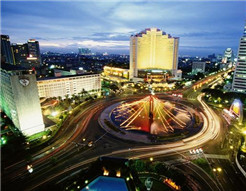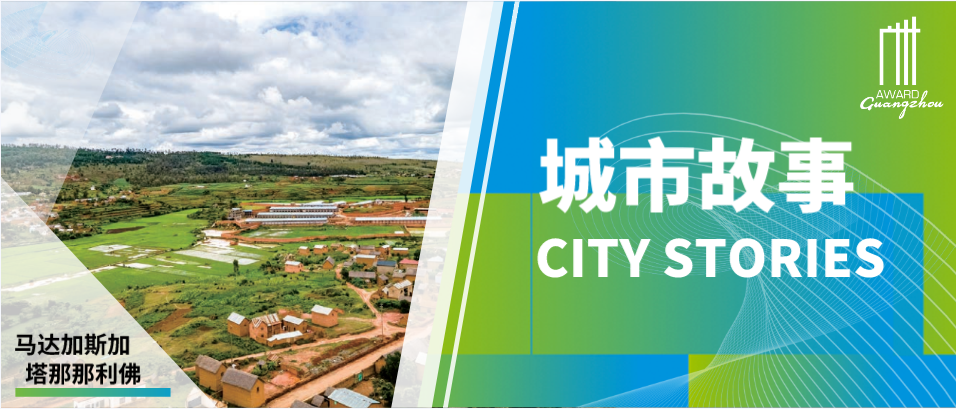Jakarta, Indonesia
Participatory Planning and Good Governance

Background Information
The importance of community participation in development planning is emphasized by Act Number 25 Year 2004 of the National Development Planning System. The planning system applies a combination of top-down and the bottom-up approaches, which emphasize the participatory society. It is also mentioned in Local Regulation Number 14 Year 2011 of the Integrated Planning and Budgeting System and is in line with the SDGs Goal 11. Therefore, the society becomes active and should be able to formulate their own problems encountered and formulate planning proposals in reference to annual planning documents.
Goals of the Initiative
The main purpose of this initiative is to put people in the main role of development. Increasing public participation was the purpose of this initiative. It means, the government will no longer be a provider and implementer, but rather act as a facilitator and a catalyst of development dynamics. From planning to implementation phases, the public has the right to get involved and provide input/suggestions and make decisions in order to meet their basic rights within their own area through the process of development planning meetings (called musrenbang in Bahasa). Moreover, the initiatives will provide materials to be used as a reference in the preparation of the annual planning and budgeting documents.
Parties and Partners to the Initiative
This initiative involves various stakeholder partnerships. Any inhabitants, communities, government agencies and institutions, private sector, NGOs and experts in Jakarta should be able to deliver an agreement and commitment on development planning proposals. The city government is the leader of this initiative. The government must collaborate and harmonize with various suggestions from the community with technical planning carried out by government departments. The community’s role is to provide input or propose development activities in the region, as well as provide comments and suggestions for the implementation of development. NGOs and experts can provide advice and criticism for the development that has been and will be implemented.
Resources Used for Implementation
To carry out this initiative the involvement of community leaders and the use of web-based applications is the key to successful implementation of this initiative. Other supporting factors also need attention, such as an understanding of community leaders to use the application to input all proposals from the community in their respective territories, the ability of government officials to inform the mechanisms and procedures for the submission of proposals during the dissemination process, the availability of the network internet in each region, as well as the capacity of a server to store thousands of data proposals entry. During the process, NGOs, experts and academics also oversaw and provided input for the improvement of the results.
Innovation for the Initiative
This initiative should be considered as evolutionary innovation. Participatory planning has been done long ago in Jakarta along with the enactment of Act Number 25 Year 2004 of the National Development Planning System. Jakarta has integrated between participatory planning and budgeting, starting with participatory planning integration into a web-based city planning system in 2010, the development of a web-based participatory planning system in 2013 pending integration between planning and budgeting in 2015.
During the implementation of participatory planning in Jakarta, the most frequent complaints are that the public have no knowledge about the nomenclature of activities which can be proposed, how to calculate the budget and how to monitor the process of the proposal. The sub-district officials still play a major role in making proposals, and many proposed activities are activities that can be handled in the same year. In 2016, the system of participatory planning evolved. The chairman of the community was empowered for independent proposal input, providing a menu of proposed activities that could be chosen by the people, dividing between proposals that could be addressed in the next year and proposed activities that could done directly, as well as synchronizing the planning and budgeting systems.
Innovation has been applied in
Innovation made in this initiative is designed and implemented through the additional menu of proposed activities into the system to facilitate the public. The authority delegation of the proposed activities processes to the chairman of communities and people widen direct community involvement. In terms of technology, the system was also developed to be able to map the community's proposals, and to integrate the planning and budgeting systems.
Obstacles and Solutions for Innovation
In general, the barriers faced by this innovation are the number of elderly heads of the community who can’t use the web in order to input the proposed activities. Therefore, the dissemination and advocacy from sub-district administrative personnel at the community forum is needed to guide the community in doing the input of the proposed activities.
Outcomes and Assessments
This initiative is expected to increase community participation in development planning. This has been shown by the increasing number of community proposals in the last three years, from 40,511 proposed activities in 2014 to 46,464 in 2016. It shows people are now more aware of the development in their respective areas. On the other hand, synchronization between the participatory planning system with the planning and budgeting systems increases the accountability of the overall planning process.
Methods Applied
Using the concept of participation, enhancing the role of the private sector in financing policy through the CSR program, more science works for developing scenarios/pathway for putting current actions into a long-term context, define key indicators for monitoring and measuring the effectiveness of initiative implementation, integrating the systems developed by the Jakarta City Government, such as: Qlue (application to handle citizen complains), e-planning & e-budgeting (web base site for city planning and budgeting) and Intense communication affected people (social engineering), such as community leaders.
-
 In Focus | The World Earth Day: Planet vs. Plastics
In Focus | The World Earth Day: Planet vs. Plastics -
 Urban Innovation in China | Shenzhen: How to Maintain Momentum to Achieve Carbon Peak by 2030 While Leading Green and Low-Carbon Development?
Urban Innovation in China | Shenzhen: How to Maintain Momentum to Achieve Carbon Peak by 2030 While Leading Green and Low-Carbon Development? -
 City Stories | Antananarivo, Madagascar: Building Resilience in the City Food System
City Stories | Antananarivo, Madagascar: Building Resilience in the City Food System -
 In Focus | International Women’s Day: Building a Women-Friendly City
In Focus | International Women’s Day: Building a Women-Friendly City























 Tel: +86 20 3780 4434
Tel: +86 20 3780 4434 Email: info@guangzhouaward.org
Email: info@guangzhouaward.org Address: Rm 1609, FuLiXinTianDi, No.307 Guangzhou Dadao Zhong, Yuexiu District, Guangzhou, Guangdong, 501600, PRC
Address: Rm 1609, FuLiXinTianDi, No.307 Guangzhou Dadao Zhong, Yuexiu District, Guangzhou, Guangdong, 501600, PRC




